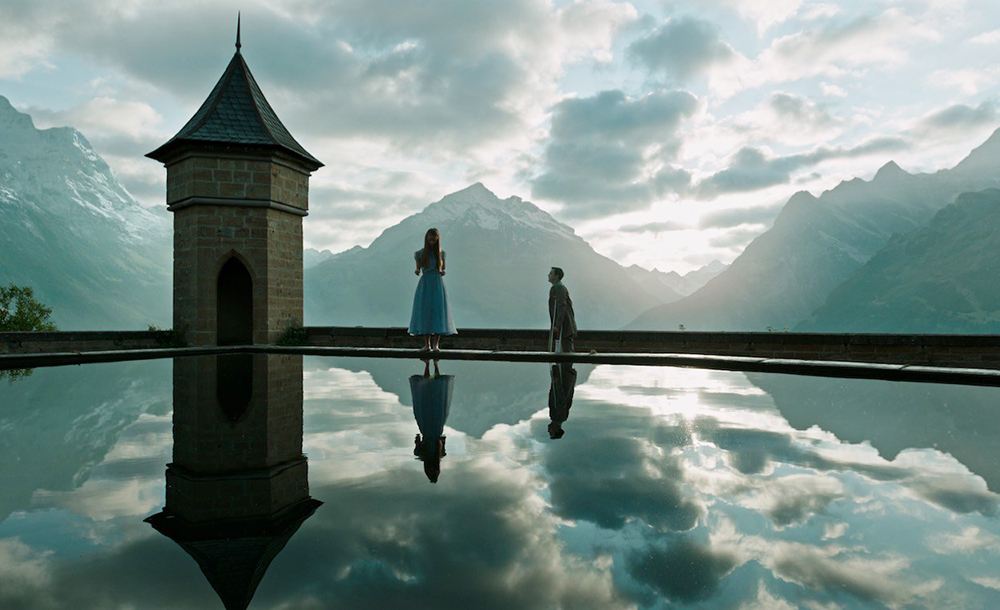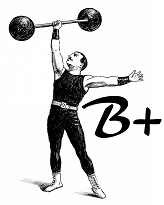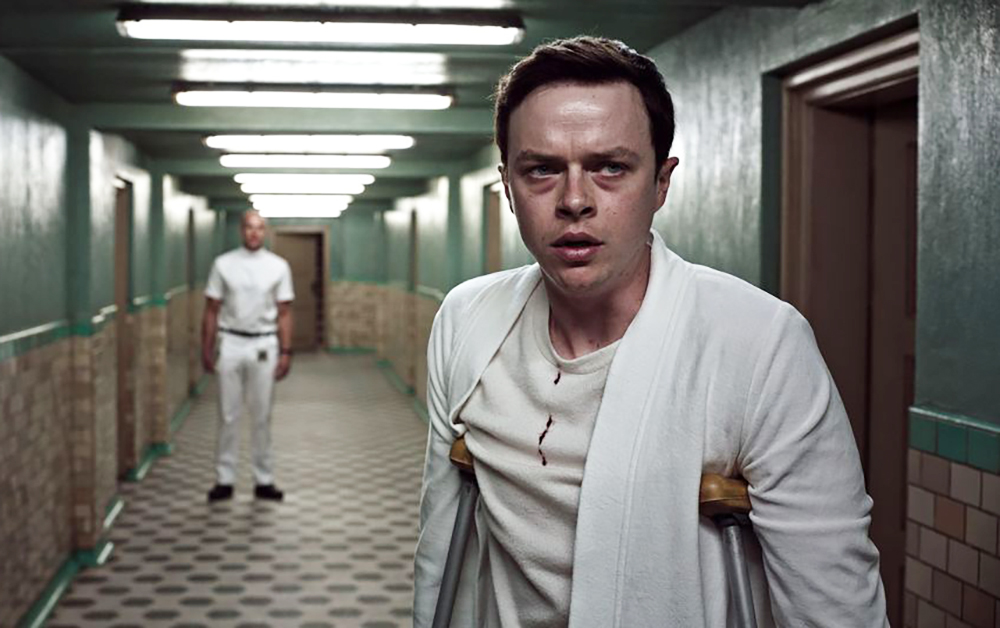Set around the breathtaking views of Swiss Alps and the majestic Hohenzollern Castle of Germany, director Gore Verbinski’s “A Cure for Wellness” delivers some power-packed suspense immersed in a gripping story—a kind of experience we only remember having in Martin Scorsese’s “Shutter Island.” The story of the film is immensely subsumed in its own dark universe. Without leaving much scope for the viewers to guess what’s coming next, the movie can easily teleport anyone to the depths of its magnificent yet eerie world. The sprawling and enigmatic medical rehabilitation facility run by Volmer (Jason Issacs), set up within the walls of the legendary Hohenzollern Castle, is the center of the film’s universe. “A Cure for Wellness” is a part-frightening, part-disturbing medical science drama brushed with a fine touch of European splendor and artistry.
Keenly observing the various elements of the film, the primary idea that comes to mind is that the storywriters have lamented the common ailment of human bodily stress, which, sooner or later, wears out everyone. Here, Dane DeHaan’s role as Lockhart leaves an impression similar to what Leonardo DiCaprio left in “Shutter Island.” Lockhart’s slow transformation from a strong and sharp gentleman at the beginning to a mentally fatigued and crippling patient at the end also gives a striking resemblance to an average human’s life journey. The concept of wellness or good health is much different inside Volmer’s facility—a place chosen mostly by wealthy retirees looking to seek a truer, more profound meaning of wellbeing.
The atmosphere inside the wellness retreat is shown to be so astounding, that the psychosomatic factors of all patients residing there change remarkably. From crowded steam rooms to vast swimming pools, the ambience of the facility is unequivocally impressive. Figuratively, though, the wellness retreat being far from a common human’s reach is perhaps a hint at the real world’s dismal and ineffective healthcare systems, which fail to provide adequate services to the common man. Also highlighted gently in the movie is the issue of abortion and unlawful killing of unborn children, which is one of the most sensitive areas that challenge human wisdom even at this age.

Filmed with the help of drones, the splendid views of humongous mountains and accompanying roads in Switzerland and Germany are a real treat for the eyes, being truly one of a kind. And apart from the sci-fi elements, the movie also involves some fictional folklore associated with the Hohenzollern Castle, which finds its place in the story as it progresses. However, a question that comes to mind is whether the decision to choose the said German castle as the primary shooting location was an essential part of the script or if there were any other possible alternatives?
Although the movie doesn’t really get boring or annoying at any moment, what can really put off a lot of viewers from enjoying the story, at some point, is the nearly 2-hour and 30-minute runtime of terrifyingly eerie and never-ending suspense, which, in turn, can be lethal for any healthy human! Some viewers might want to watch it in two sittings. It almost feels as if the unfolding of the mystery could continue forever without worrying about the end. Also, some of the elements within the story seem like mere distractions, and appear less relevant to the progression of the story. They could have very well been cut off to reduce some screen time.
Nonetheless, with a story worth sticking to and visuals to be enticed with, the film does deserve a focused watch. Watch “A Cure for Wellness” if you’re willing to get your sanity turned upside down for a good 2+ hours!


